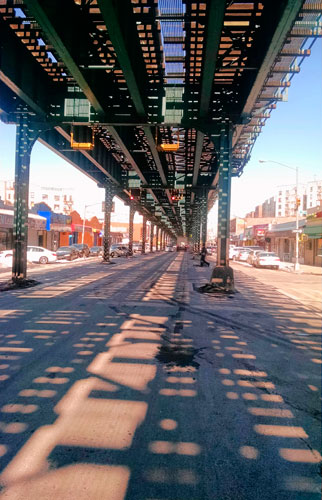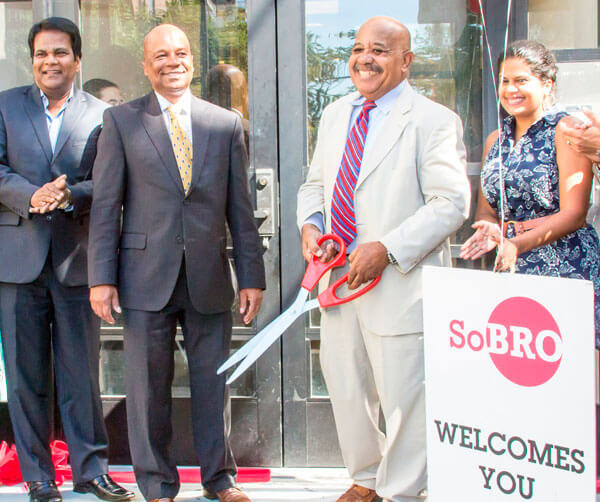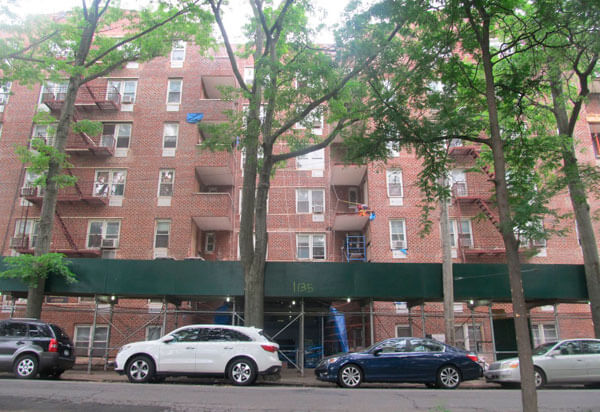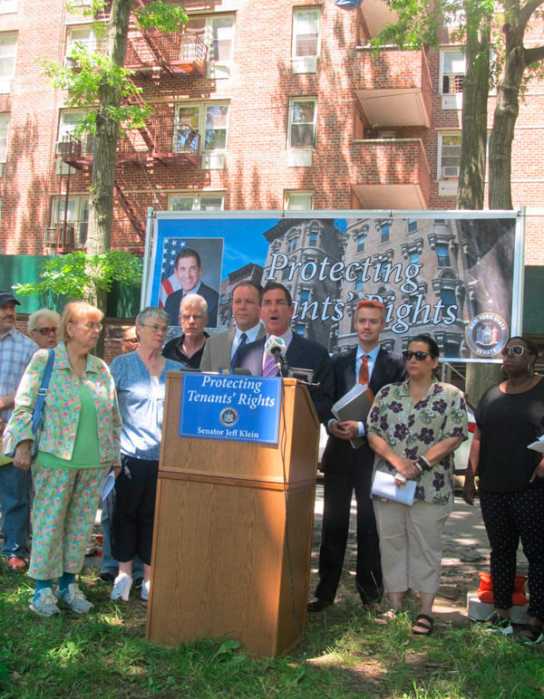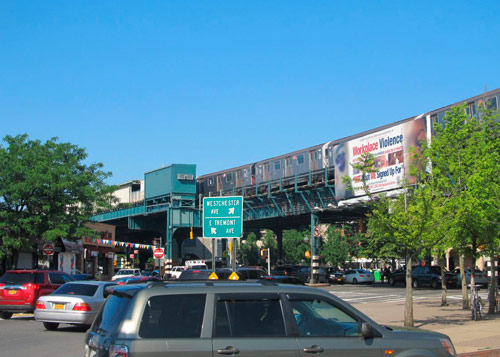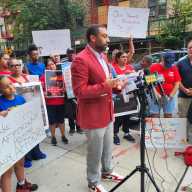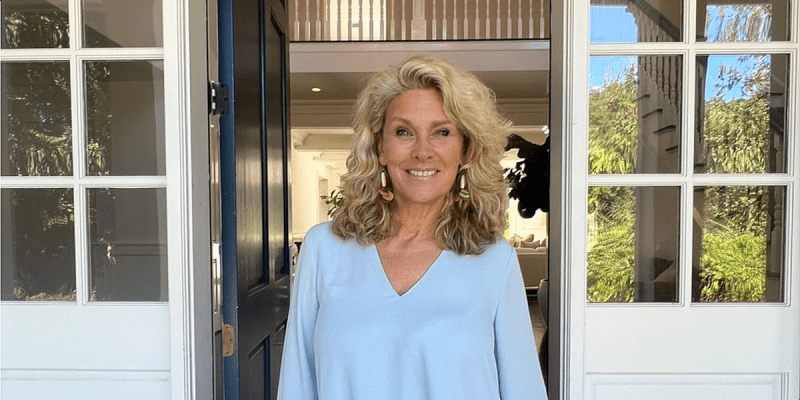One of the main thoughfares in the west Bronx is the subject of a rezoning plan.
Jerome Avenue, a two mile, 72-block stretch ranging just south of Mullaly Park, north to Woodlawn Cemetery is currently undergoing an evaluation which will result in more affordable housing units, jobs and zoning changes in community boards 4 and 5.
For this plan, the NYC Department of City Planning, who is working with the Housing Preservation and Development, Parks and Recreation, the NYC Economic Development Corporation and Small Business Services on this project, is encouraging local residents, businesses and institutions to evaluate and identify the areas’ opportunities, so that housing units, jobs and economic development can come to fruition while existing housing, pedestrian safety, parks and schools, among other attributes, are improved.
“Our (HPD’s) intention is not just to build buildings, our intention is to build neighborhoods,” said Ted Weinstein, director of Bronx Planning at HPD. “Unfortunately, the Bronx is only 43 square miles and more land can’t be created, so we have to build with the resources that are available to work towards aggressive rezoning.”
The multi-neighborhood evaluation, also known as the Jerome Avenue Study, is part of Mayor Bill de Blasio’s Housing New York Plan, which is a ten-year strategy to create 200,000 affordable housing units and over 7,000 permanent jobs for New York City residents.
Although the study is being conducted on the majority of the avenue, the main focus of the Jerome Avenue study is between 167th and 180th streets, known to many residents as the Jerome Avenue Corridor, and which provides major transit access for residents living in Concourse, Highbridge, Morris Heights, Mount Eden, Mount Hope and University Heights.
Currently, the area’s existing zoning allows for heavy commercial and light industrial use but does not permit residential development.
Contributing even further to this issue is the fact that the zoning currently in effect is from 1961, with land use patterns stemming back to the 1930s and earlier.
An additional factor is that 80 percent of housing developments in the study area were built before 1950, leaving these neighborhoods and many of their residents with inadequate housing. This particular study aims to promote affordable housing with an Inclusionary Housing Program.
Another issue is economics – the median household income of $27,000 per year, is almost half of the city median income of $52,000.
With this study, however, DCP, along with NYC EDC and SBS look to generate more, higher paying jobs opportunities within the area.
“The Jerome Avenue Corridor Planning Study represents an opportunity to engage the diverse surrounding communities in planning for the future of their neighborhoods,” said Carol Samol, director of the Bronx Department of City Planning. “Through this process, we will identify and evaluate opportunities to address a wide range of needs and goals, including the creation and preservation of significant affordable housing, strengthening retail, expanding training and job opportunities, and providing infrastructure services, parks and walkable, safe streets.”
Community-wide events pertaining to this study, co-sponsored by community boards 4 and 5 as well as the Davidson Center, will launch in March with three public open houses, giving residents of the area an opportunity to express their goals, input and issues in the neighborhood, as well as suggest community planning ideas.
These meetings will take place at the Bronx Museum of the Arts, 1040 Grand Concourse on Saturday, March 14th from 10 a.m. to 1 p.m. and at the Davidson Community Center, 2038 Davidson Avenue on Thursday, March 26th from 6:30 to 8 p.m. for Spanish speakers. The date, time and location of the third open house has not been determined yet.

